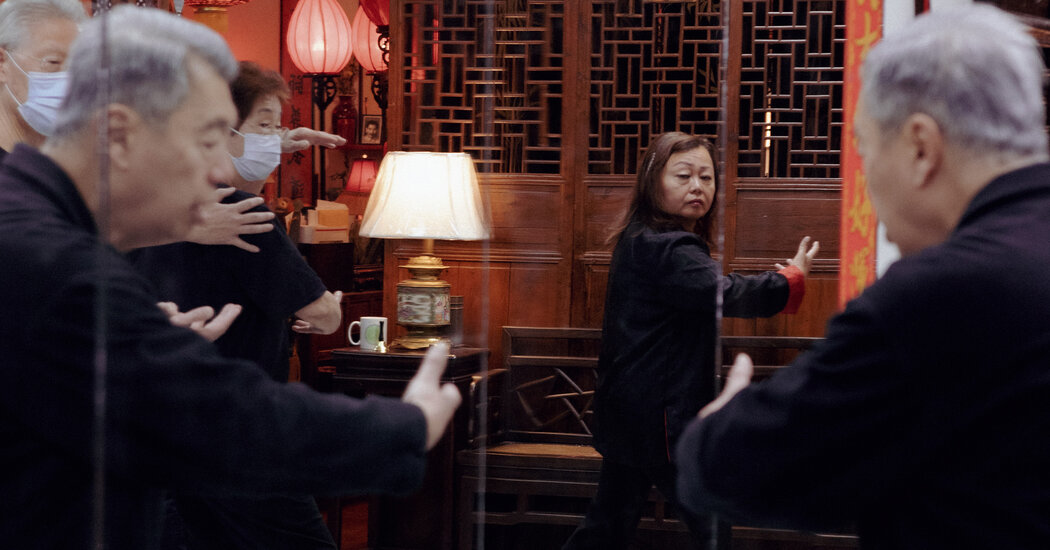The 911 call came just before 10 p.m. on Jan. 18, a Wednesday. A woman had found her sister lying face down on the floor of her Upper West Side apartment, her hands and feet bound behind her with yellow and black rope.
The police said that the victim, Maria Hernandez, 74, who lived in a one-bedroom apartment on West 83rd Street, had been robbed and strangled. Police officers found marks on her neck and bruises on her face, arms and back. There were signs of severe sexual abuse.
Within a week, the police arrested Lashawn Mackey, 47, who had been filling in as a maintenance man at the building, and Terrence Moore, 53, a Brooklyn man with a prior conviction for second-degree murder and robbery. Both have pleaded not guilty to charges that include murder, aggravated sexual abuse and burglary.
“This is everybody’s worst nightmare,” said Jack Kupferman, 67 and president of the Gray Panthers NYC, an organization that grew out of a movement to fight ageism.
Violent crimes like robbery and felony assault against people 65 and older rose by about 10 percent in 2022 compared with 2021, part of an overall surge in major crimes in the city, according to the police. The number of rapes more than doubled to 17 during the same period. Cases of grand larceny — which include financial scams and credit card fraud — dipped 6 percent but remained high at 3,780 incidents.
Older New Yorkers who have read alarming news stories about the spike in crime are fearful, community leaders say. Some had already been reluctant to return to senior centers, which had closed during the pandemic. Those who do venture out request rides to and from the centers to avoid walking or taking the subway.
Others are signing up for defense classes or are cloistering themselves.
A need to find more resources and public safety tools to help older New Yorkers is occurring as the number of people 65 and older has risen. Nearly one in six New Yorkers, or 3.2 million state residents, are 65 and older,
Read the full article here





